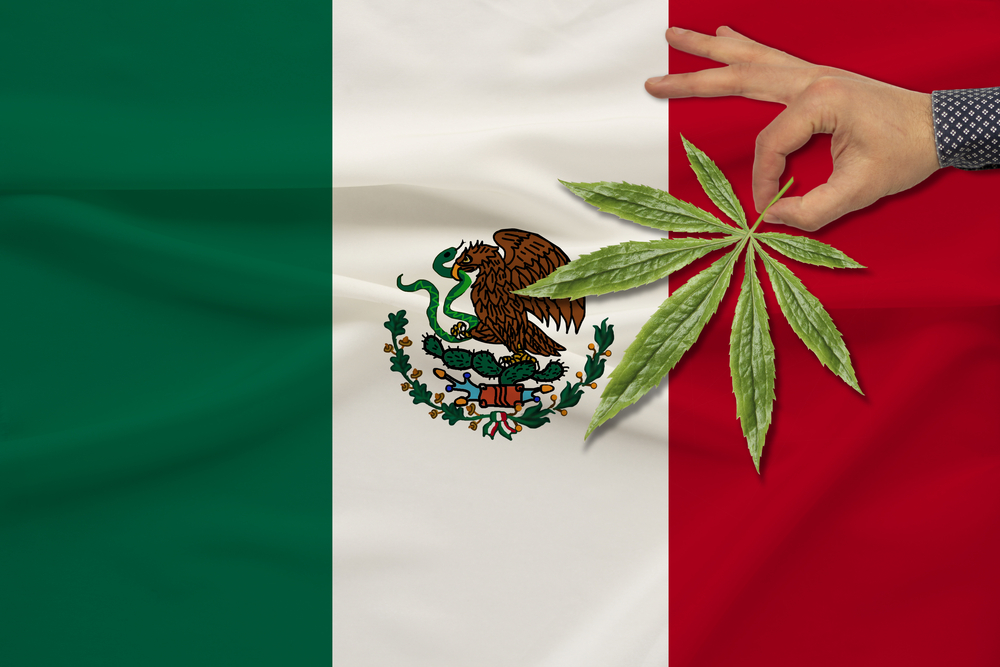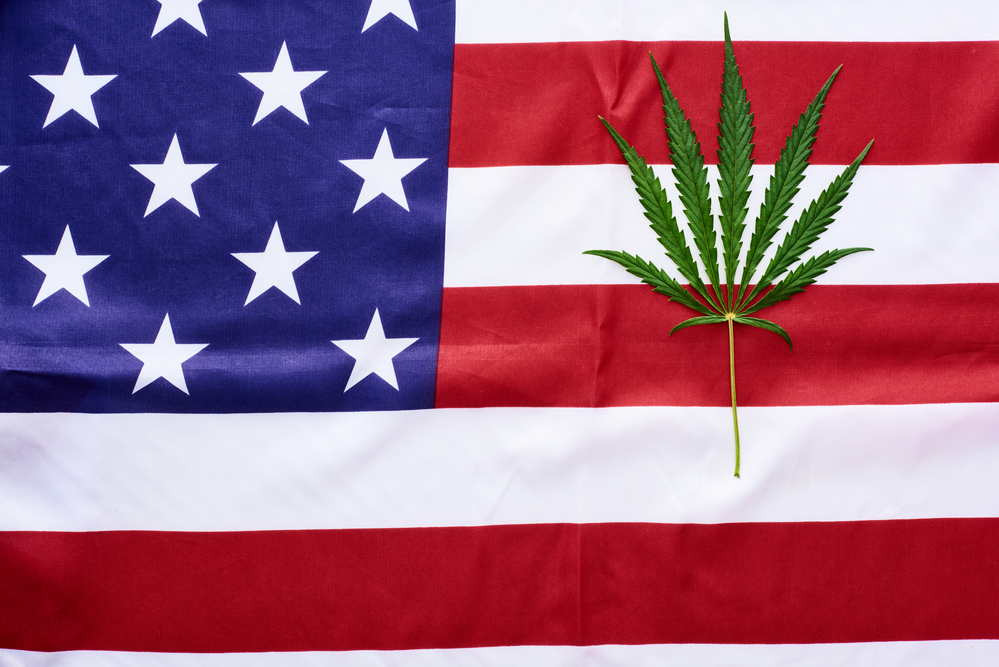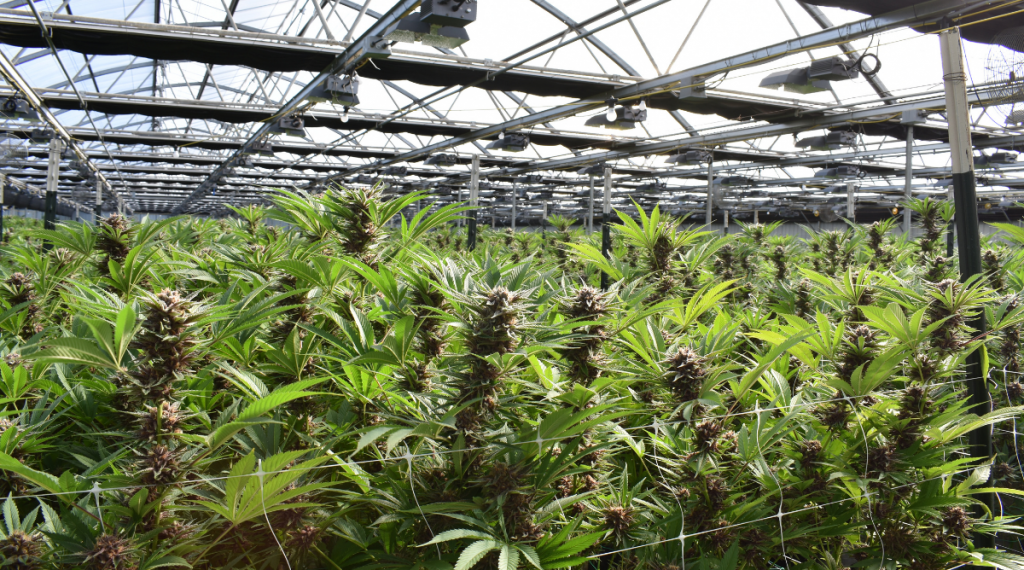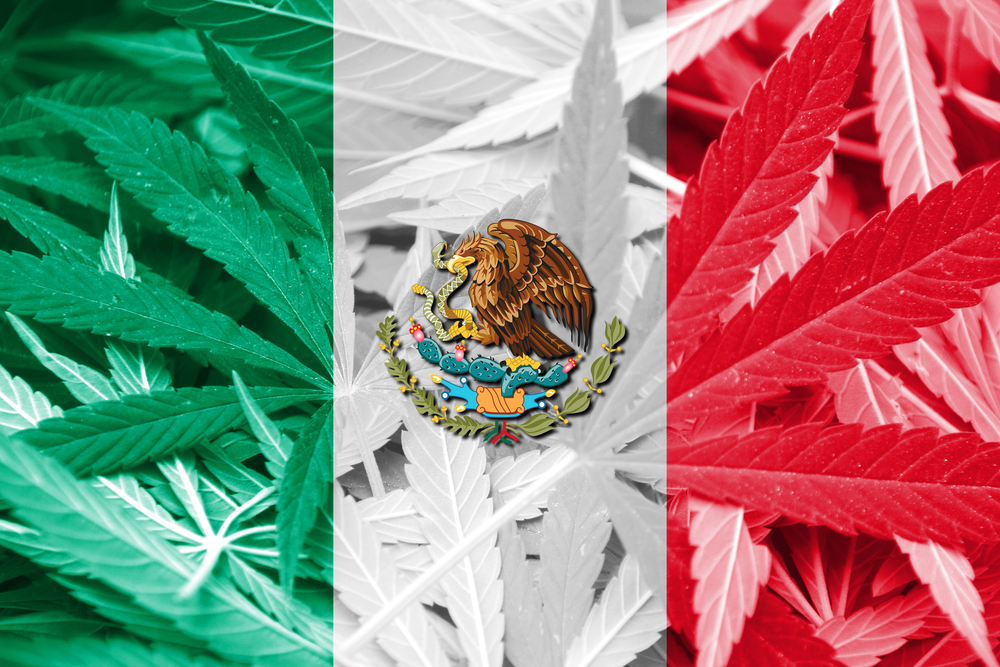
Photo: FotografiaBasica/Getty Images
Mexico is making plans. Have Canadian attitudes to cannabis been traditionally more relaxed than the United States? It may seem that way south of the 49th parallel. But Canada had very punitive consequences for cannabis crimes. Even possession for personal use meant fines, jail time, and a misdemeanor or felony charge.
It is a myth that Canada has ever been ‘easier’ on cannabis or any kind of controlled substance crimes than lawmakers in the United States. Maybe it’s because we have this positive inflection about Canadians as ‘really nice people.’ We haven’t met a Canadian we didn’t like. But until 2018, cannabis was just as illegal in Canada as it is in non-legalized states here in America.
Now Mexico has announced that the country is rapidly moving forward with federal legalization. The Mexican Senate approved an adult-use cannabis legalization bill on November 19th, 2020. As the bill makes its way through the senate (and many expected amendments), the result will be the federal legalization of marijuana in Mexico. As early as April of 2021.
And that means the last country on the continent (the United States) will be stuck in the middle of two countries that federally legalized cannabis. While the “MORE Act” remains scheduled for a vote by the House Committee on Friday, December 4th in the United States.

More than two decades after “B.C. Bud” became a legendary unofficial crop of Canada; cannabis became federally legalized. The Cannabis Act (C-45) in June of 2018 began the legislative transformation that ended the prohibition of marijuana in Canada.
Canada had an interesting journey toward legalization. The Supreme Court of Canadian initially defended that the Parliament had the power to criminalize cannabis at any level of possession, cultivation, distribution, and marketing. And that the criminal laws regarding cannabis use did not violate the Canadian Charter of Rights and Freedoms.
But when the matter was argued in the Ontario Court of Appeal and the Superior Court of Ontario, it was determined that the absence of a statutory provision for patients and medical marijuana was unconstitutional. So, the federal government in Canada went back to the (legislative) drawing board. And drafts were created in 2016 to begin to federally legalize cannabis use. That same year, one national poll reported that 7 out of 10 Canadians favored legalization.
Drug prohibition in Canada began with the Opium Act of 1908. The Opium and Drug Act of 1911 defined morphine, opium, and cocaine as prohibited controlled substances. Fast forward 107 years later, and you can buy quality cannabis in almost every city and town.
If you don’t have a dispensary near you? The government conveniently runs a website that offers discreet but secure delivery of all cannabis products. Including edibles, smokable, vapes, and concentrates. Not kidding. It’s called the Ontario Cannabis Store.
Would you say that the majority of Americans would like to see cannabis legalized at the federal level? We estimate that public opinion is split close to evenly, or 50/50 over federal legalization. For example, most Americans do not feel that someone should have a criminal charge or face jail time to possess personal use amounts of marijuana.
However, many people favor the idea of legalized medical marijuana programs that provide doctor-supervised consultations—using cannabis as a medicine, under a physician’s guidance for health and wellness treatments.
And then there is the propaganda machine, starting from the early 1930s. When good American families were terrorized into believing that cannabis use would turn their good, white, middle-classed children into violent lunatics. If you have never watched “Reefer Madness” you are missing a shocking and somewhat entertaining piece of federal propaganda. Like you probably have not seen since you watched high school sex-education videos.
What is tragic and unjust is how that well-propagandized stigma stuck with cannabis culture in the United States. To the point of making medical marijuana an impossibility until recently, when states took the matter into their own hands for patients.
Everyone wants to know if American lawmakers will follow suit. Many industry analysts feel that complete federal legalization is unlikely. However, others think that the significant economic blow that America has contended with due to the Covid-19 virus may be a powerful influence—precipitated by increasing national debt.
How bad are the books in the world’s leading economy? It was estimated to be more than 9 trillion dollars of debt. In 2020, each American’s share of the national debt is $889,000.00 (USD). That is pretty bad. And the United States had almost reached the same level of record-breaking national debt the country experienced in the 1950s when the country was still recovering from World War II and the long-lingering effects of the Great Depression.
The real number in terms of calculating the U.S. federal debt is, of course, much higher. When the debt burden is estimated for obligations required for unfunded Social Security and Medicare programs (which the government will have to pay out), the total is closer to 114 trillion dollars.
Read more on the “Financial State of the Union” report (April 2020) by TruthInAccounting.org.
How much could the American federal government make from legalized cannabis in terms of tax revenue? One estimate from The Washington Post forecast more than $132 billion per year. It sounds like a considerable amount, right? But when you learn that the state of Colorado reportedly raised over $1 billion in tax revenues in 2019 alone, it’s possible. Even probable that the federal government would see exponential growth in tax revenues. Thanks to legal weed.
In the last year, the medical and adult-use cannabis industry in Colorado has also created over 40,000 new jobs. Combine tax revenues with new employment opportunities in every state across the nation, and federally legalized cannabis may be the panacea that gets the United States back on its feet after the devastating costs of the pandemic.

If you can’t beat them, legalize their product? For hundreds of years, Mexico has struggled with the criminal element of the Black-Market for drugs. That includes the cartels and organized crime families that have dominated the cultivation and distribution of cannabis products.
It is not just a matter of getting rid of the street level gangs and illegal and unlicensed pot-shops in Mexico. The incidents of violent crime are accelerating in Mexico. To the extent that the Mexican government feels that the growth, affluence, and influence of criminal cartels threatens federal lawmakers and their ability to govern the country. It’s that bad.
The Sinaloa Cartel remains Mexico’s most dominant and powerful criminal cartel in 2020. The Cartel is active in 22 of the 31 Mexican states and city centers like Mexico City, Guadalajara, Tepic, and Zacatecas. Sinaloa organized crime is believed to be led by Ismael “El Mayo” Zambada. A former capo and partner of Joaquin ‘El Chapo’ Guzman (currently serving a prison sentence).
The Mexican federal government has struggled even with resources provided in partnership with the American government to control the cartels’ growth. To date, they have been unsuccessful after decades and the now infamously ineffective “War on Drugs” in the United States.
But while the cartel derives income from various controlled substances, including cocaine and methamphetamine, cannabis is a significant revenue source. Legalizing cannabis in Mexico would squeeze out the cartels. And it would reduce, and eventually eliminate the need to purchase cannabis from the cartel.

The Supreme Court of Mexico declared the prohibition of cannabis to be illegal. And an infringement on citizens’ constitutional rights. Currently, some laws allow for medical dispensation of cannabis products. With one caveat, they have to be 1% or lower THC. Legislation began with a vote in 2017 to legalize medical cannabis. But the Ministry of Health in Mexico is still working out the finer points and administrative guidelines for patients and physicians.
Medical marijuana in Mexico remains a work in progress. Once the Mexican Supreme Court declared the prohibition of medical cannabis to be unconstitutional, it ordered guidelines to be established in 2018. The deadline for those legislative guidelines has been rescheduled and delayed several times. And they have just pushed back again to December 15th of 2020.
President Andres Obrador stated in February of 2020 that the Mexican government was not seeking to legalize anything other than medical marijuana. However, adult-use legislation is being worked on right now. In the interim, the laws are kind of in limbo. Residents and tourists can be charged if they possess more than five (5) grams of marijuana. It’s rare to be arrested, but it still happens.
Like many countries, Mexico has been overwhelmed by the pandemic of 2020. It seems as though the country is moving to federally legalize cannabis. And refine medical marijuana laws for patients at the same time. It will be interesting to see how Mexico progresses with decriminalization legislation in 2021.
Featured Image: kittyfly | Deposit Photos
No Information on MarijuanaDoctors.Com should be used to diagnose, treat, prevent or cure any disease or condition. You can view our Full Disclaimer here.